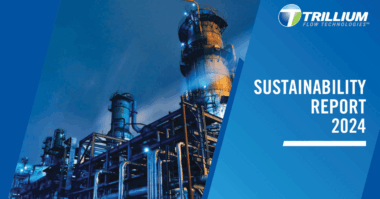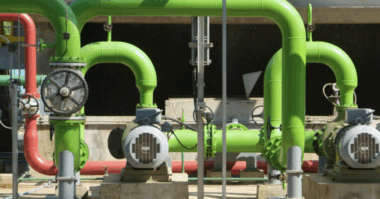Author: Jennifer K. Muir, P.E.
In conducting energy evaluations of water and wastewater and industrial facilities, we often ask a series of questions about how a system operates, what the set points are, and inquire about any automated programming and controls. These systems have often been handed down to the current operations staff in a condition such that the original design intent cannot be fully achieved due to missing or inadequate instrumentation, automation that never functioned properly, and/or an operational strategy that was based on manual adjustments. The result is systems that cannot be optimized under the current conditions, often with higher than expected failure rates or downtime, and no access to performance data that would give insight on efficiency, condition, and predictable maintenance needs.
One piece of the system optimization “pie” is effective commissioning as part of installation and start-up. How do we put in place equipment and instrumentation to allow for long term cost management? The key is a dedicated effort to the commissioning process, with clear directive on the goals of the program, the effective communication of operational intent, cooperation of the manufacturer, field staff, and systems integration contractors or facility personnel, and the focus on minimizing the amount of information that often gets left behind in this process. This stranded data – the conditions at start-up, the operational set-points that are established, the control parameters that are set (and often field modified) but not recorded – is the “good stuff”. This information is what is needed to keep the system condition and performance optimized over the long term.
An equally important question to ask is how do we implement Commissioning during Design? In the design-bid-build environment, the construction process is dictated by the details of the specifications. These construction documents need to include the detailed testing and coordination of manufacturer representatives to effectively work together to fully optimize each system. Methodologies that do not bring the mechanical, electrical, instrumentation, and systems integration personnel to the table at the same time are doomed to create misunderstanding of operational parameters, mismatched system settings, misapplied metrics, and ineffective troubleshooting at start-up; not to mention missing documentation. These disjointed start-up efforts result in incomplete and little assurance that the system will operate as intended. We should be commissioning process and pumping systems with the same diligence as we do building systems that are aimed to achieve LEED certification. Pumping systems can be just as optimized, cost effective, and efficient with effective commissioning.
Finally, and perhaps most importantly, is the development of training programs that do more than cover basic equipment maintenance, but provide the insight on the operational intent, and empower the boots on the ground to operate the system in the most cost effective and efficient manner, while minimizing repair costs. How “hands-on” could we make these training programs? Are canned PowerPoints presentations still appropriate for the technical folks we expect to interact with these complex systems on a daily basis? The advancement of control logic and enhanced, integrated, and automated system operation should lead to equal advancement in the training techniques, approaches, and quality of the information provided. Critical to being able to effectively optimize systems under changing conditions is an understanding of how the system works and logic behind the controls strategy; critical to developing this understanding is interfacing with the system in an engaging and interactive way during the commissioning process.
Learn more about how JKMuir can optimize current pumping and process systems and how our team can be part of your construction project to develop the type of start-up and commissioning program that creates long term reliability and engaged operations.




